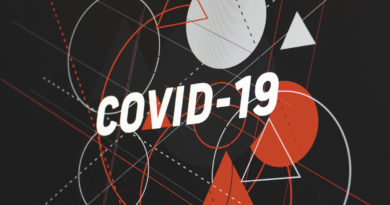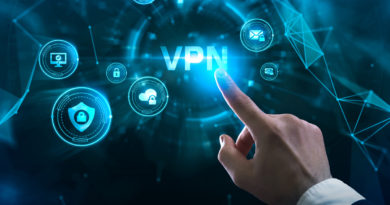A Game of Risk with Broadcasters, Cyber Felons and Dragons

Submitted by Steve Ng, Lead, Digital Platform Operations, Mediacorp
Where there’s money, there has always been crime. But what if money came in the form of intangible digital assets and crime in the form of cyber adversaries? In fantasy role-playing game Dungeons & Dragons, dragons are intelligent, mythical foes defined by their fiery prowess – boasting magic resistance beyond just claws and bites.
As digital TV takes centrestage with new over-the-top (OTT) platforms for content consumption across mobile, TV and radio, broadcasters must stay one step ahead of emerging risks or ‘evolved dragons’ to ensure digital ecosystems – and ultimately the end-user – emerge unscathed.
Dungeons are at stake
Fast forwarding to present day, the broadcaster in question is Mediacorp – a Singapore-based media and entertainment company that pioneered the development of Singapore’s broadcasting industry with a vested stake in radio, TV and digital publishing.
To put things into perspective, Mediacorp reaches 99% of Singapore’s 5.6 million population weekly across its integrated media platforms.
Now imagine the risks involved should cybercrime find its way into this fortress? The defacement of digital assets, proliferation of false propaganda can and will threaten to derail an entire broadcast network – from satellite distribution channels, to IP packets and ultimately the end-user.
Building sturdier, virtual dungeons – in the skies
We are well aware of how breach detection and forensics experts are needed to discover and mitigate cyber risks. But the idea of a perimeter and a castle keep is an old-fashioned view of cybersecurity.
The cyber kill chain dictates that we must also build dungeons within those castles. Rather than endorsing security models that drive us to construct additional defences and filters that have an increasingly slim chance of stopping advanced threats, the focus within IT development and security must shift to emphasize more aggressive and proactive self-assessment. In other words, “offense can inform defence.”
Continuous diagnostics and mitigation are first steps in addressing the use of intelligent metrics to empower greater cyber-situational awareness within our broadcasting network. For instance, we enlisted the help of Trend Micro to improve our security defences – by identifying suspicious IPs, we were able to fend off cyber felons almost immediately after detection.
Our broadcast business runs on-premise whilst our digital TV business is hosted entirely on the cloud. From creation to consumption, media production networks and media storage locations need to be access-controlled in order to defend from intrusion, particularly as reputational risk is tremendous in broadcasting.
The future of cybersecurity will be grounded in continuous monitoring and increasing the level of our adversaries’ discomfort, so they no longer attack and/or remain persistent within our networks. To this end, we engage Trend Micro™ Deep Security™ platform as our underlying foundation for server security both on-premise and in the cloud. This is critical as Mediacorp has a diversified range of operating systems and Trend Micro provides end-to-end solutions that safeguard all our operating layers.
Evolving risks and human links
Perhaps more than anything else, organisations need to see cyberattacks as a business risk and leadership at the highest levels have to take accountability, so we can move the needle on keeping such incidences at bay.
The danger is that the eyes of the C-suite will often glaze over at too much talk of technology and then recoil at mentions of cost – money that would not be available for funding marketing or growth.
This needs to change.
To reinforce their dungeons, broadcasters need to do more than just adopt technical standards. They must also revise their overall approach to security at a human and logistical level.
Internally, we have cybersecurity awareness programs in place to upskill employees – encompassing the C-level – over lunch-and-learn sessions and formal training programs for accreditation. On an infrastructure level, we make sure we are always on our toes by conducting regular, authorized simulated attacks on computer systems to evaluate our security preparedness in a virtual setting.
Only then can we prevent content delivery from becoming a tragic misadventure.
Read More HERE



